
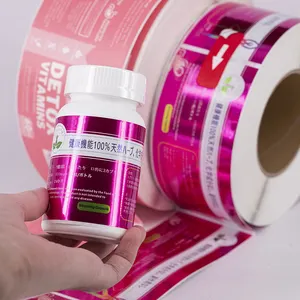
Tùy Chỉnh Tự Dính Y Tế Dinh Dưỡng Chai Nhãn In CMYK Mềm Cảm Ứng In Ấn Nhãn Cho Chai
Sẵn sàng vận chuyển


Tùy Chỉnh Sang Trọng Quần Áo May Mặc Chất Lượng Treo Thẻ Dệt Thẻ Kích Thước Dệt Nhãn Cho Quần Áo Tùy Chỉnh Thực
Sẵn sàng vận chuyển


Printing Skin Cosmetics Round Colors Embossed Clothing Cheap Wool 100 Polyester Care Cardboard Card Candy Water Bottle Label


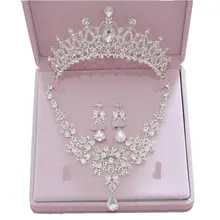







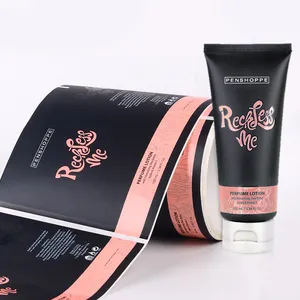



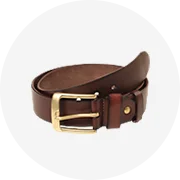

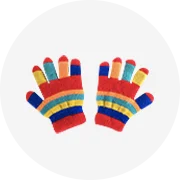
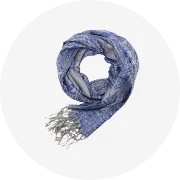


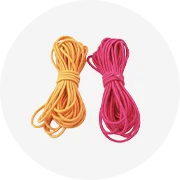




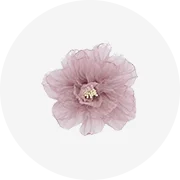



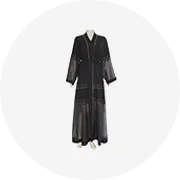








 浙公网安备 33010002000092号
浙公网安备 33010002000092号 浙B2-20120091-4
浙B2-20120091-4